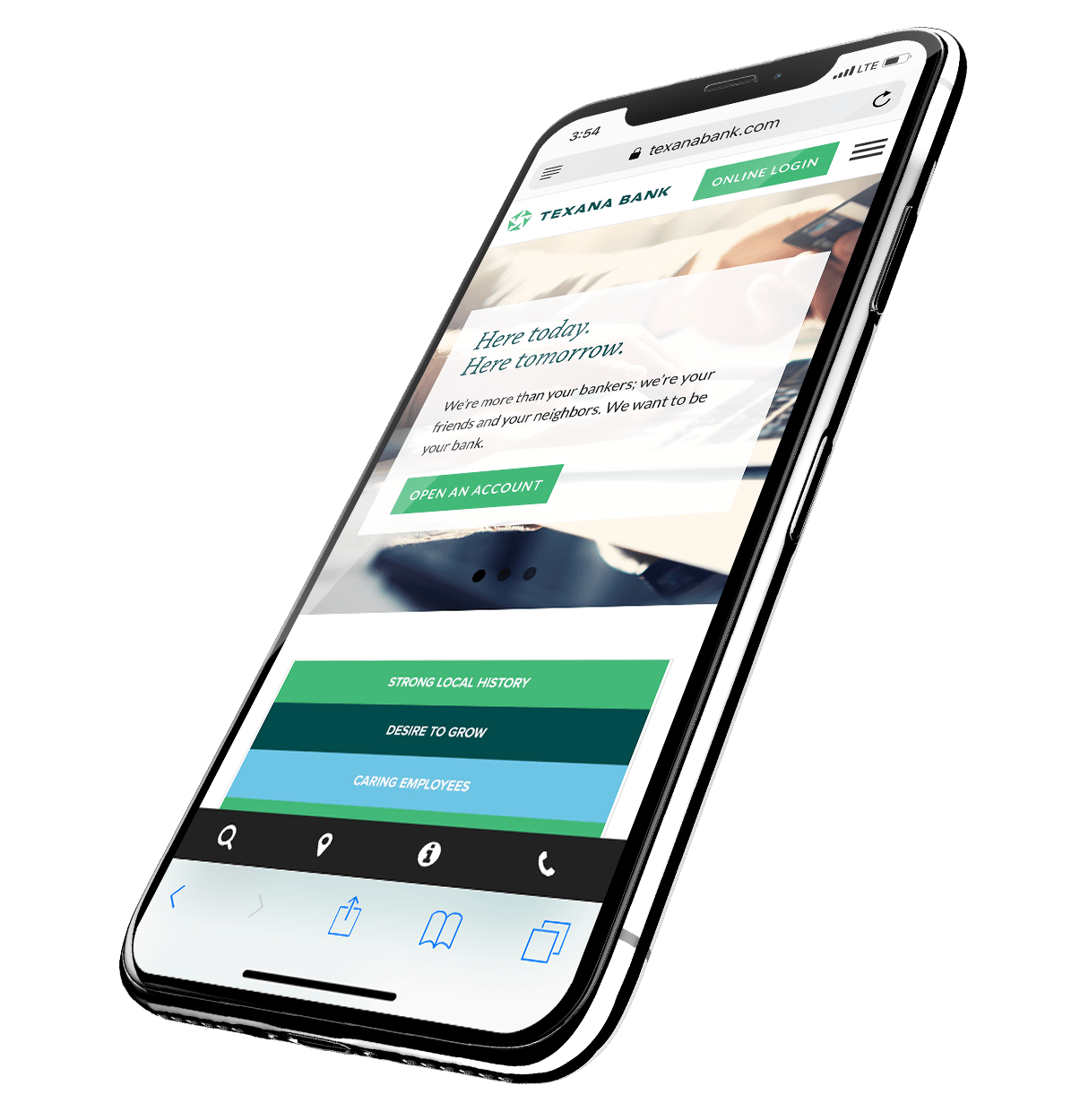Do you ever feel like you’re always explaining what you do over and over, yet you feel that you never get it quite right?
I’ve recently had a few potential clients seek out my agency to help their business in one way or another, but I quickly found out — when they asked, “What does a creative agency do anyway?” — they had no idea what exactly my agency would do for their business.
On one hand I was flattered to know I’ve helped other businesses to the degree that someone would seek me out without a clear understanding of what I do. On the other hand, I was a little bummed to realize people still don’t have a full understanding of what my agency does after almost a decade of business.
There’s a bit of poetic justice here, I suppose. After all this is what I’m supposed to do.
What do you do?
This is a difficult question for many of us to answer, especially when we’re deep in day-to-day minutia of our work. It’s difficult to zoom out to the 30,000-foot view when you spend most of your day in the weeds.
You’re actually uniquely UNqualified to describe your own business. You spend too much time in it. You know too much. This in-depth knowledge leads us to answer questions no one is asking.
Sometimes I get caught up in the individual campaigns, tasks and results when I explain what I do. As a result, my potential customers get caught up in the same tiny details without ever seeing the full picture.
My agency makes excellent and effective magazine ads. This is a true, while admittedly subjective, statement but it doesn’t begin to fully capture what we do.
This definition is too granular. The detail causes one to miss the broader understanding of what I do.
I could say the same thing for websites, commercials, brand marks, trade show booths and documentaries. When I zoom out, however, my agency’s real occupation is using our immense creative talent to help a company fully realize its identity and then develop a strategy to share it effectively in the marketplace.
We’re a marketing strategy agency with a focus on great creative output.
When you describe your company, be careful not to limit yourself by your lowest common denominator. Don’t limit your effectiveness as a hardware store by identifying yourself as a hinge retailer. You’re a hardware retailer, a construction supplier and a DIY consultant.
There’s always the fear that you’ll miss a hinge sale by being too general.
Limiting the definition of who you are by the individual things you do can sometimes be detrimental. If you communicate only specifically or only generally, you can find yourself in trouble.
When we look at ourselves as a creative agency that simply produces great ads, all we can do is make ads. When we look at ourselves more broadly, our capabilities are almost infinite. An ad agency can’t operate outside of advertisements by its own definition. A marketing strategy agency with a great creative team can use creativity in an impactful way to accomplish a broad range of results.
If I get it right, explaining to my clients that we are a marketing strategy firm with a focus on great creative output, they are much more open to looking at a campaign from a 30,000-foot view instead of simply discussing font sets and color palette.
The base solution for all of this is calibrating your vocabulary with your audience. All advertising should be interactive to a point — not just the methods broadly considered interactive, such as one’s website. A business card, billboard or even newspaper ad should be interactive.
If you’re spending money to engage an audience, you should create materials that elicit a reaction and create conversation. When you create a dialog, you can tailor your message to the audience and answer their questions, thoughts and inquiries more accurately.
Don’t spend time answering questions your potential customers aren’t asking. Create communication that provides a solution.


